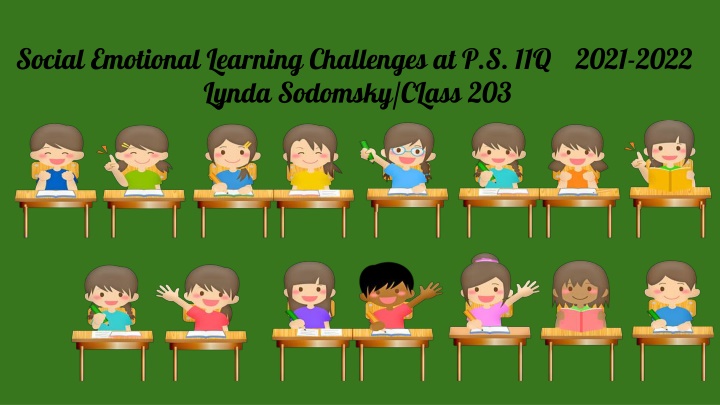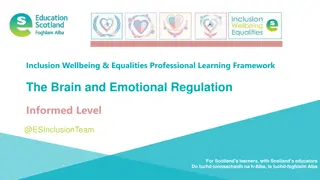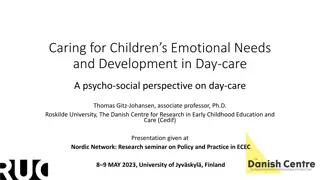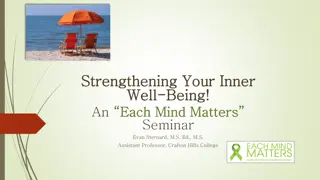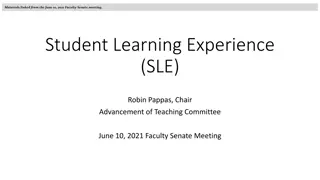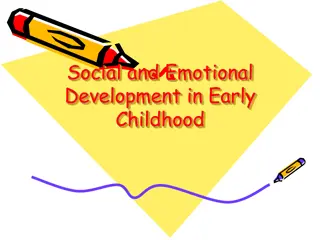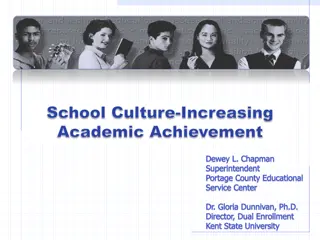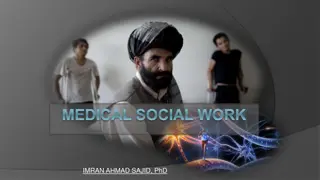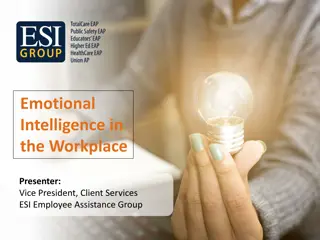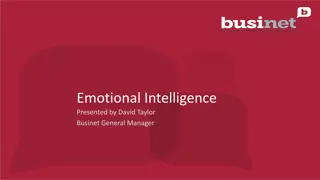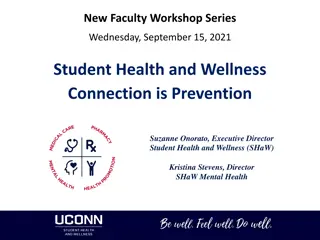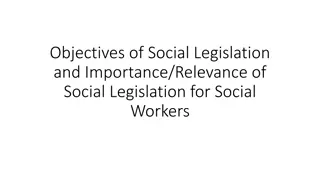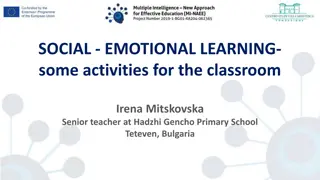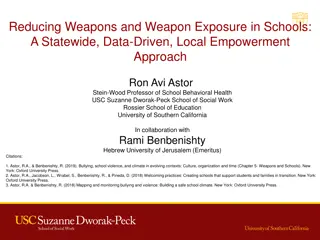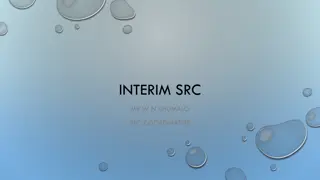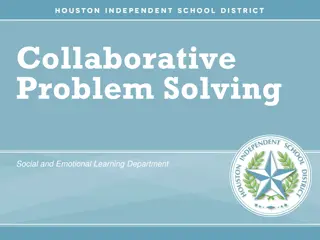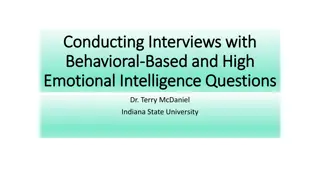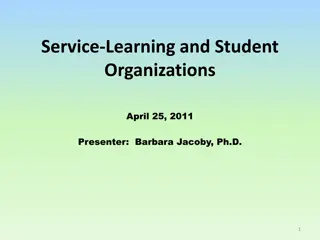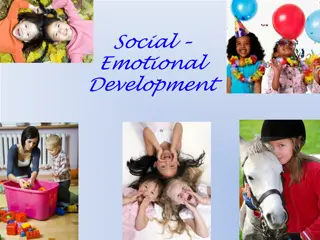Social-Emotional Learning Challenges at P.S. 11Q 2021-2022 - Addressing Student Behavior Issues
Students at P.S. 11Q face social-emotional challenges post-COVID, leading to disruptive behavior during lunch and recess. Steps are outlined to define the problem, gather evidence, identify causes, and evaluate existing policies for effective solutions to support students' well-being.
Download Presentation

Please find below an Image/Link to download the presentation.
The content on the website is provided AS IS for your information and personal use only. It may not be sold, licensed, or shared on other websites without obtaining consent from the author.If you encounter any issues during the download, it is possible that the publisher has removed the file from their server.
You are allowed to download the files provided on this website for personal or commercial use, subject to the condition that they are used lawfully. All files are the property of their respective owners.
The content on the website is provided AS IS for your information and personal use only. It may not be sold, licensed, or shared on other websites without obtaining consent from the author.
E N D
Presentation Transcript
Social Emotional Learning Challenges at P.S. 11Q 2021-2022 Lynda Sodomsky/CLass 203
Problem Solving We are going to look at a problem at school and use 6 problem problem solving steps to come up with solutions.
The 6 Steps of the Public Policy Analyst (PPA) 1. 2. 3. 4. 5. 6. Effectiveness) Define the Problem Gather the Evidence Identify the Causes Evaluate an Existing Policy Develop Solutions Select the Best Solution (Feasibility vs.
Step 1: Define the Problem Since COVID 19, students are struggling with social emotional issues in high unstructured areas like the cafeteria and recess. Students are misbehaving during lunch and recess. The New York City Department of Education cares deeply about the social- emotional health and wellbeing of NYCDOE s children and families. We recognize that the sharing of information about COVID-19, and the resulting school closures, will have a significant impact on each of us. Increased stress and anxiety are common responses to the coronavirus outbreak. In addition to resources for stress management, there are helpful strategies and resources for proactively developing your child s social and emotional skills.
Step 2: Gather the Evidence We will interview 1 or 2 of our teachers We will interview the school counselor We will speak to the parent coordinator Teachers will check student social emotional screener We will look at the daily SEL screeners Visit cafeteria and take notes
Step 3: Identify the Causes Many students were learning from home last year. Students are just now returning to class and socializing with their peers for the first time in over a year. Students are not appropriately socializing in the cafeteria and at recess.
Step 4: Evaluate an Existing Policy https://infohub.nyced.org/in-our-schools/programs/race-and-equity/social-emotional-learning It is the firm belief of the NYCDOE that an environment cannot be supportive if it is not culturally responsive. Culturally responsive environments affirm racial and cultural identities; develop students abilities to connect across lines of difference; elevate historically marginalized voices; and empower areas of social change . To advance equity, now, and to be culturally responsive, we must ensure that we are creating supportive environments for our students, families and staff during this critical time in our nation.
Step 4: Evaluate an Existing Policy https://infohub.nyced.org/in-our-schools/programs/race-and-equity/social-emotional-learning A supportive environment also comprehensively supports a young person s mental, emotional, and physical wellbeing. As school communities, we must seek to support the whole child, caring for them as people and helping them develop a strong foundation of emotional skills to cope with challenging situations, resolve conflict, and build healthy relationships. The protests that have gripped our city and nation reflect the hurt, anger, and pain of generations of racial trauma. Emotional responses may manifest in different ways, including anger, irritability, grief, and hopelessness. We should be aware of signs of trauma or distress not only for our youth, but also for ourselves and our colleagues. We should also be aware of effective strategies that school communities can implement to support children and families who are struggling. NYC school discipline code Discipline Code - Schools.nyc.gov
Step 5: Develop Solutions Students will come up with solutions to appropriate play in the cafeteria and recess. Example come up with games and structured play. Students need modeled behavior as well. They can practice during a guided play in the classroom.
Step 6: Select the Best Solution Students came up with a wonderful idea of centers . Each center will be made up of different students weekly. They will rotate to games and activities brought in by the parents/students. The students will begin by the teachers helping to run the centers at first until the play becomes successful.
